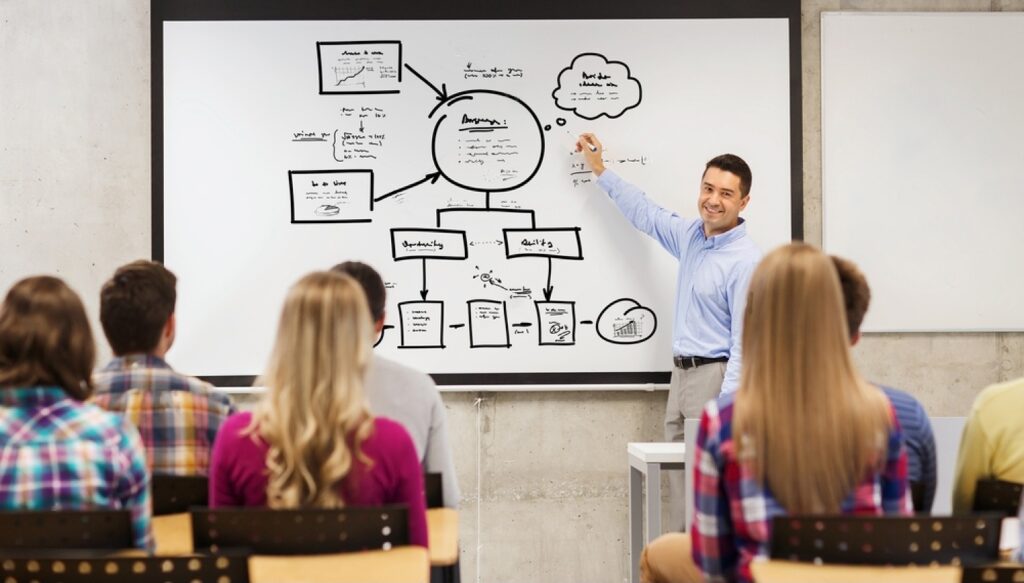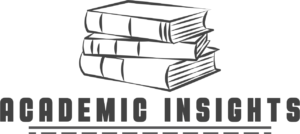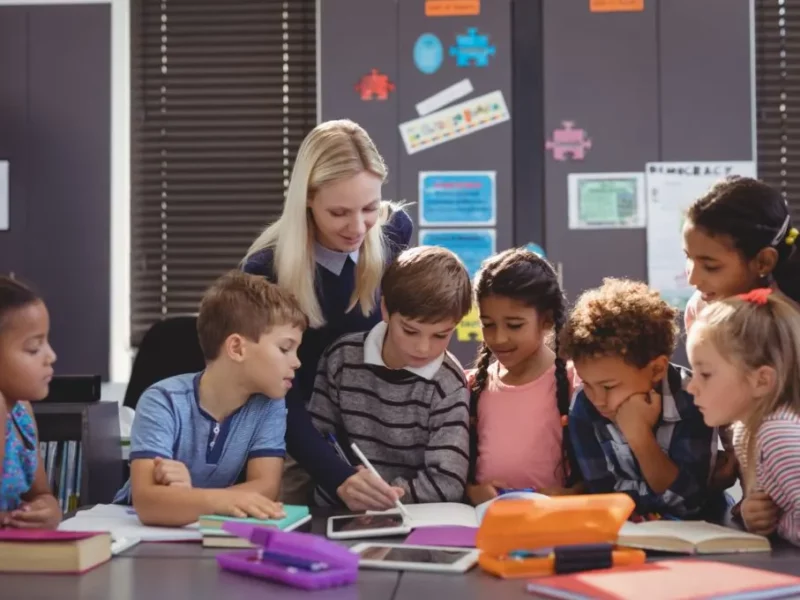
Academic success is the cornerstone of a student’s journey toward a bright and promising future. As educators, we play a vital role in unlocking the full potential of our students by implementing effective classroom strategies. These strategies not only enhance learning experiences but also foster a culture of achievement and growth. In this blog post, we will explore proven classroom strategies that educators can employ to create an environment conducive to academic success.
Importance of Academic Success
Academic success goes beyond grades and test scores; it empowers students, opens doors to opportunities, and equips them with essential skills for their future endeavors. As educators, we have the privilege and responsibility to nurture academic success among our students. By implementing effective strategies, we can ignite their passion for learning and equip them with the tools they need to thrive.
Creating a Positive Learning Environment
The first step in unlocking academic success is to establish a positive learning environment. This environment fosters trust, respect, and engagement among students and teachers. Building rapport and strong relationships with students are crucial aspects of creating such an environment. By promoting a welcoming and inclusive classroom atmosphere, encouraging open communication, and practicing active listening, we create a safe space for students to express themselves and collaborate with their peers.
Engaging students is another key element in creating a positive learning environment. Interactive teaching methods, such as group discussions, project-based learning, and hands-on activities, not only capture students’ interest but also deepen their understanding and retention of knowledge. Integrating technology and multimedia resources can further enhance engagement and make learning more interactive and enjoyable.
Differentiated Instruction
Students come from diverse backgrounds and possess unique learning needs. To unlock their academic potential, we must adopt differentiated instruction techniques. By conducting assessments and collecting data, we can identify individual strengths and areas for improvement. Understanding different learning styles and preferences allows us to tailor our teaching strategies accordingly, ensuring that every student receives the support they need to succeed. Providing varied instructional materials, offering personalized interventions, and fostering a culture of collaboration and peer learning are all part of an effective differentiated instruction approach.
Clear and Consistent Expectations
Establishing clear and consistent expectations is vital in creating a structured and focused learning environment. By setting classroom rules and procedures, we communicate behavioral expectations and academic standards to students. Reinforcing positive behavior through praise and rewards helps students develop a sense of responsibility and motivation. Structured routines and schedules create predictability and organization, enabling students to navigate their learning journey with confidence. Offering clear instructions and expectations for assignments and assessments fosters a sense of clarity and purpose, empowering students to achieve their academic goals.
Effective Classroom Management
Maintaining an orderly and productive classroom environment is crucial for academic success. Implementing a positive behavior management system that focuses on proactive strategies helps prevent discipline issues. Techniques such as positive reinforcement and redirection encourage students to make positive choices and take ownership of their behavior. It is equally important to address individual student needs by developing personalized behavior plans for those requiring additional support. Collaboration with colleagues, parents, and support staff is essential to address challenging behaviors and ensure a supportive learning environment for all students.
Formative Assessment and Feedback
Formative assessment serves as a powerful tool for monitoring student progress and understanding. By incorporating ongoing assessments into our teaching practice, we can identify areas of improvement and adjust instruction accordingly. Providing timely and constructive feedback is equally important. Specific and actionable feedback helps students understand their strengths and areas for growth, promoting self-reflection and self-assessment. By giving students the tools to evaluate their own work and set goals, we empower them to take ownership of their learning.
Collaboration and Professional Development
Education is an ever-evolving field, and as educators, it is crucial to continually seek growth and development. Engaging in professional learning communities allows us to collaborate with colleagues, share best practices, and access valuable resources. Professional development opportunities, such as workshops and conferences, equip us with new tools and teaching strategies to enhance our instructional practices. Seeking support and mentorship from experienced educators provides guidance and fosters continuous improvement.
Takeaway
Unlocking academic success requires intentional and proven classroom strategies. By creating a positive learning environment, embracing differentiated instruction, establishing clear expectations, practicing effective classroom management, implementing formative assessment and feedback, and engaging in collaboration and professional development, educators can make a significant impact on their students’ educational journeys. As we strive to unlock the full potential of each student, let us remember that academic success not only shapes their future but also paves the way for a brighter and more prosperous society. Let us embrace these strategies and empower our students to achieve their dreams and become lifelong learners.



